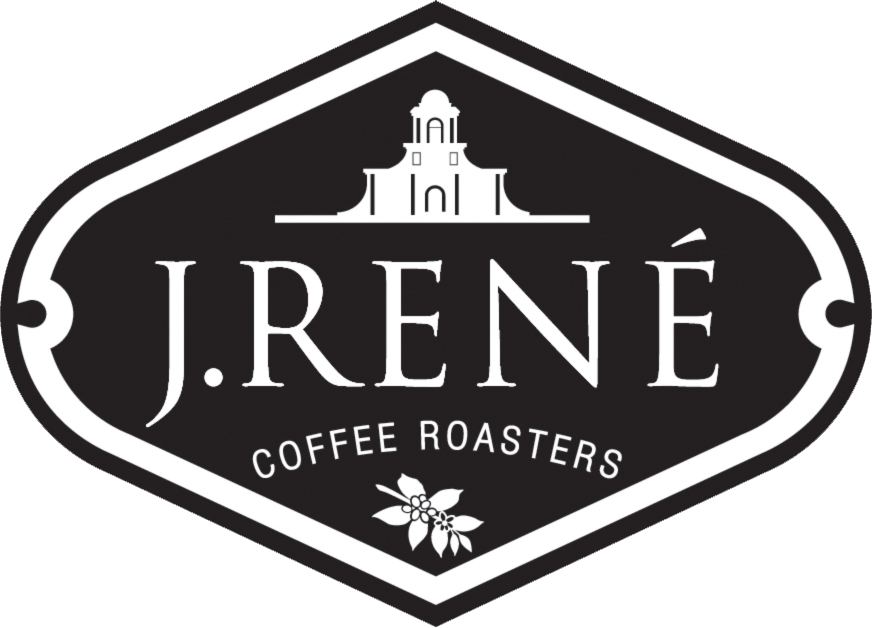Roasters & Barista Guild of America Combine Forces for Origin Trip to Costa Rica
Having the benefit of an early arrival into San José, I wasted no time in touring one of Central America’s most vibrant cities. With camera in-hand, I walked the streets of San José, the nation’s largest city and the epicenter of social and economic activity. Within minutes, I found myself immersed in a scene of passersby, street vendors, and the humming sound of thousands of “ticos” going about their daily routine. However, this year’s SCAA origin trip was different. Barista and Roaster’s Guild members were invited as a group for this origin trip.
At first, I wondered if combining the two groups would serve my selfish needs of learning any new roasting techniques from the usual bunch of self-appointed coffee geeks. I very quickly realized that by organizing a trip that combined individuals with various skills within the coffee industry, the SCAA created a unique environment for discussing the collective coffee experience at origin from many different perspectives. Costa Rica was the perfect site for this different approach.
The trip began with a visit to “El Tostador,” a coffee roasting school, as well as one of the trendiest and innovative coffee shops of the San José coffee scene. Ricardo Azofeifa Mora, two-time WBC National Barista Champion walked us through historic market buildings and streets to show us, among other things, how enterprising efforts have successfully exposed specialty coffee to a greater local audience. Further along on our trip, Juan Macaya and his wife Chef Camille Ratton, the creative geniuses behind “Cafeoteca,” showcased an artistic approach to coffee by combining art, gastronomy, and specialty coffee food pairings. In short, coffee meets upscale dining, meets MOMA.
ICAFE, a public agency responsible for providing, among other things, agronomical assistance to coffee farmers organized the farm visits throughout our trip. The farms selected by ICAFE underscored the recent qualitative revitalization that Costa Rican coffee is experiencing due to its mineral-rich volcanic soil, optimum climate conditions, and enhanced processing techniques. At every visit, we were welcomed by the farmers and their families who represent an emerging generation of future coffee growers that are becoming more technologically adept, focused on emerging market opportunities, and proudly bound by family and tradition. The staff at Volcafe and Coricafe, demonstrated how Mills or “beneficios,” as they are commonly known, are providing enhanced logistics, as well as processing and distribution technology to coffee farmers seeking a greater presence in international markets.
ICAFE was also proud to showcase its Costa Rican Coffee Institute (“CICAFE”), a state-of-the-art research facility, which boasts 24+ acres of land dedicated to coffee research. CICAFE’s provides cost-free services to help farmers fight plagues and improve more sustainable processing methods. Among the many noteworthy initiatives at CICAFE is the hybridization and cloning program of numerous coffee varietals in an effort to increase plague resistance and yield.
Our trip concluded with a visit to beautiful La Paz Waterfalls North of Alajuela Costa Rica. The breathtaking views of this beautiful rainforest included a wildlife preserve with over 100 species of local wildlife, a butterfly observatory and hummingbird garden.
SCAA’s vision to combine these groups took some adjusting, but in the end it was a brilliant idea. It not only combined the collective experiences, but it expanded our understanding and appreciation of the coffee supply chain. The feedback from those who attended will only enhance the experience next year. I’ll definitely be on the lookout for next year’s registration announcement.






















